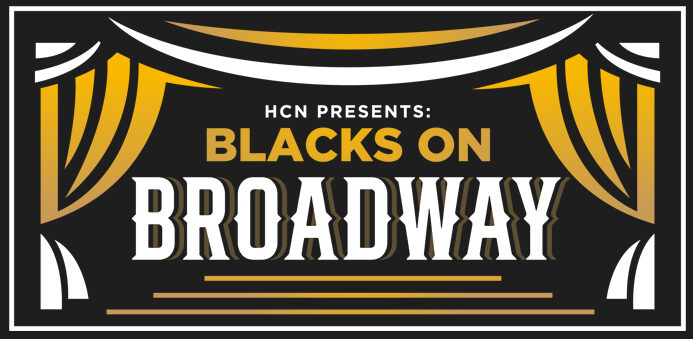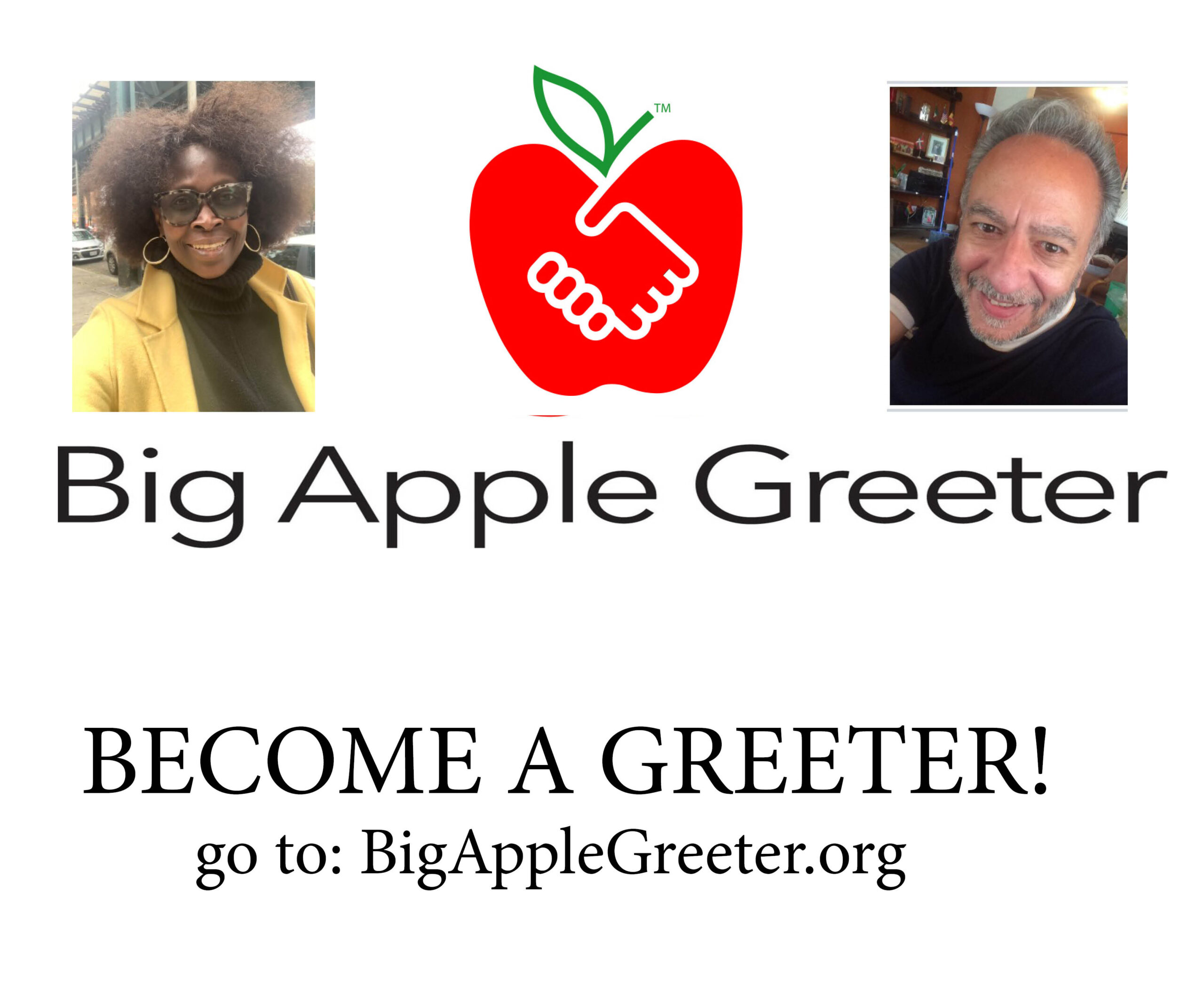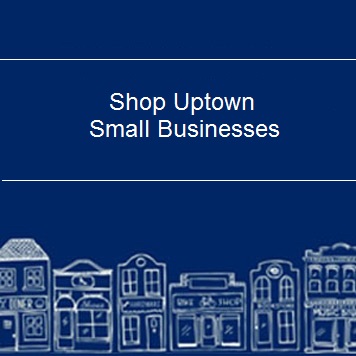Kwanzaa 2023 Lights Up New York City
Categories: Articles,
Kwanzaa 2023 Lights Up New York City
By Erin Lewenauer
As we look toward the end of the big year of 2023, the warm light of candles catches our eyes, and we land on the bright celebration of Kwanzaa. Kwanzaa is a cultural and ethnic celebration of African heritage, unity, and culture. Kwanzaa is a festive celebration within New York City’s African and African-American community worldwide, beginning on December 26th and culminating on January 1st in a communal feast called Karamu, usually on the 6th day. The holiday is based on African harvest festival traditions from West and Southeast Africa.
Kwanzaa’s founder is American Maulana Karenga, a major figure in the Black Power movement of the 1960s and 1970s. He created the holiday in 1966 during the aftermath of the Watts riots. His chief goal was to “give Blacks an alternative to the existing holiday of Christmas and allow Blacks to celebrate themselves and their history, rather than simply imitate the practice of the dominant society.”
The name Kwanzaa derives from the Swahili phrase matunda ya kwanza, meaning first fruits that coincide with the Southern Solstice. Karenga decided to spell Kwanzaa with an extra “a” to symbolize the celebration’s seven days and principles. Following its beginnings in California, Kwanzaa spread outside the United States, and many today who celebrate Kwanzaa do so in addition to observing Christmas and New Year’s Eve and Day.
The seven principles of Kwanzaa are called Nguzo Saba. The Swahili words together comprise the Kawaida or “common” philosophy, a synthesis of nationalist, pan-Africanist, and socialist values. Each of the days are dedicated to one principle:
1. Umoja (Unity): To strive for and to maintain unity in the family and community.
2. Kujichagulia (Self-determination): To define and name ourselves, as well as to create and speak for ourselves.
3. Ujima (Collective work and responsibility): To build and maintain our community together and make our brothers’ and sisters’ problems our problems and to solve them together.
4. Ujamaa (Cooperative economics): To build and maintain our own stores, shops, and other businesses and to profit from them together.
5. Nia (Purpose): To make our collective vocation the building and developing of our community to restore our people to their traditional greatness.
6. Kuumba (Creativity): To always do as much as possible, in the way we can, to leave our community more beautiful and beneficial than we inherited it.
7. Imani (Faith): To believe with all our hearts in our people, our parents, our teachers, our leaders, and the righteousness and victory of our struggle.
Kwanzaa’s festive rituals involve placing celebratory symbols on a mat or Mkeka: a Kinara (candle holder for seven candlesticks), Mishumaa Saba (seven candles), Mazao (crops), Mahindi (corn) to represent children celebrating, and a Kikombe cha Umoja (unity cup) for giving thanks.






